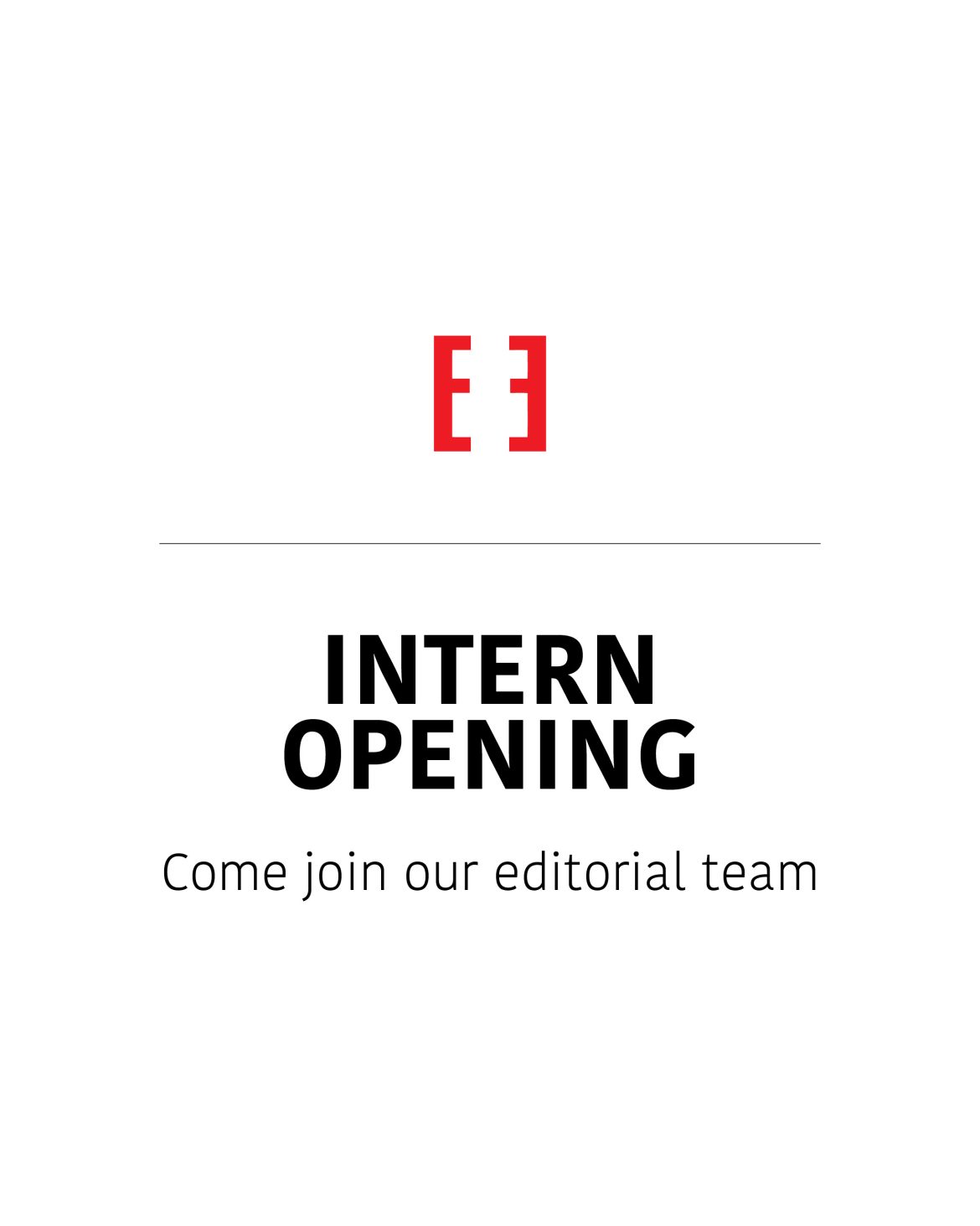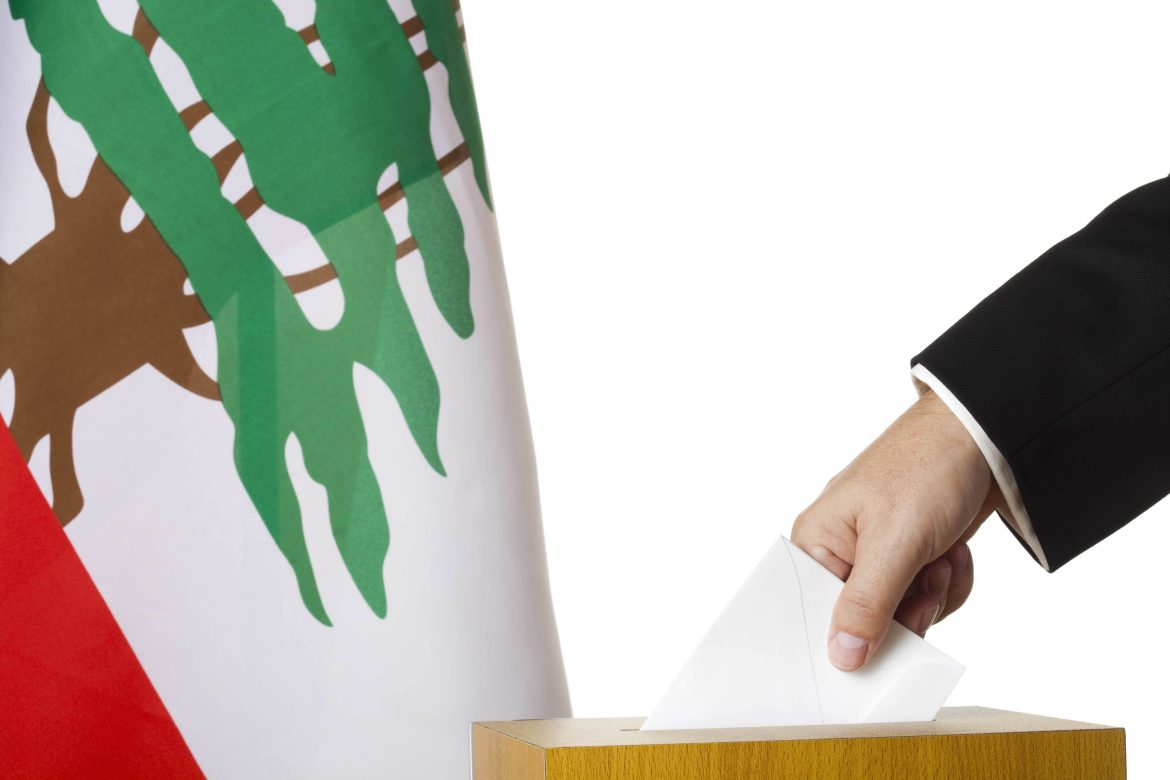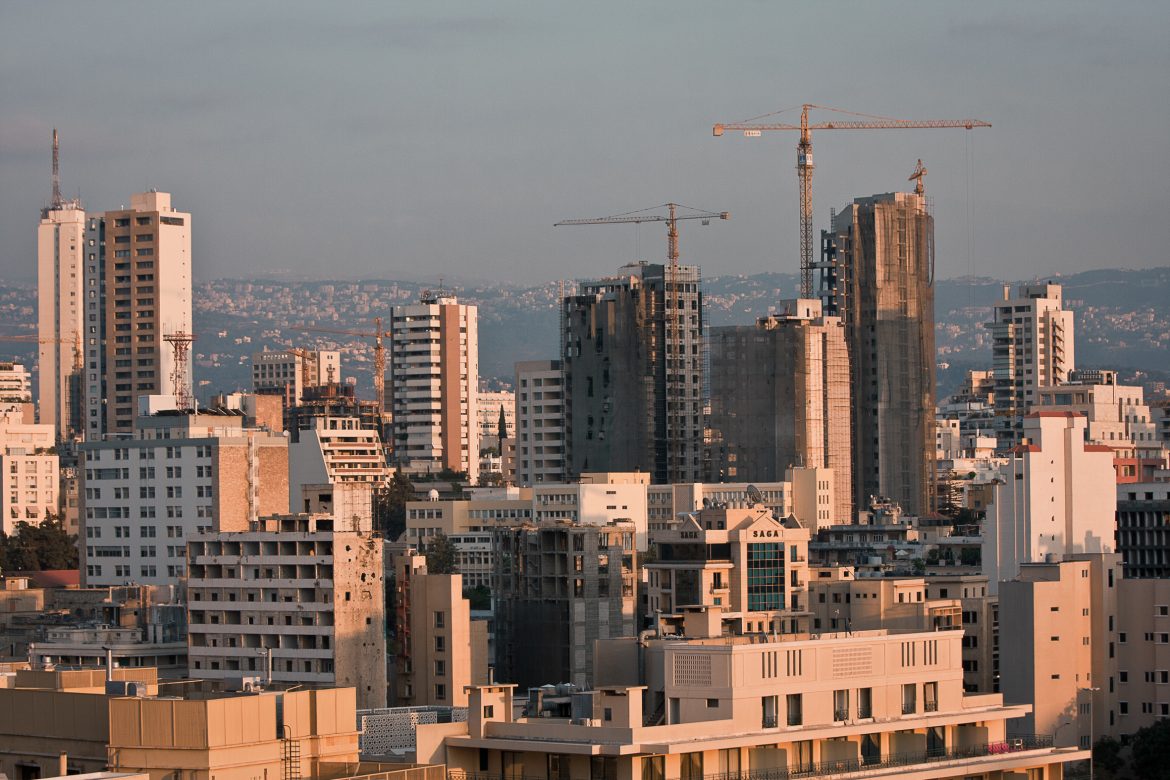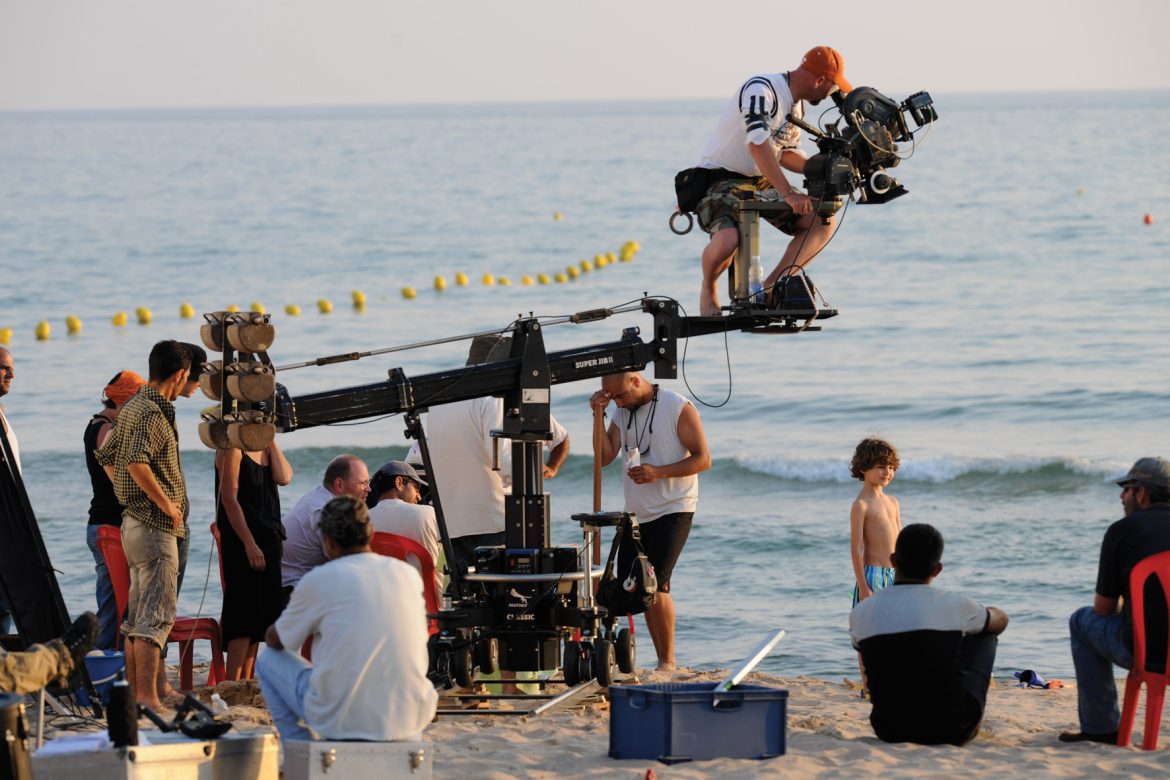If you have read Executive’s 4-part explainer (see I, II, III, and IV) on Lebanon and the International Monetary Fund (IMF), you may have gained some new insights on the nature, history and aims of the fund as well as on which types of economies tend to benefit from IMF loans and which tend to end up in greater debt, increased inflation, and with little to no long-term improvement.
Now, halfway through the second quarter of 2025, a new government is taking charge of a tentatively post-war economy. The region and the world have dramatically diverged from the realities of just two years ago. With changes occurring at what some perceive as a rapid rate and what others view as too slow, Lebanon is ready for economic and political progress. The question remains as to whether that progress would be accelerated or slackened by an agreement with the IMF. Lebanon is a country with a wealth of resources but a bad management record of late; the choice now is whether to increase the country’s productivity or the country’s debt, two paths that require very different focuses.
The 2022 origin story
Even as the cocktail of Lebanese social and economic problems and complexity remains as inflammable as ever, the country is no longer in the state of 2022, when IMF negotiations first commenced. In April of that year, negotiating parties trumpeted that a staff level agreement for a four-year, $3 billion Extended Fund Arrangement had been reached, only to be followed by the end of the term of President Michel Aoun without a trace of an actual IMF agreement.
The IMF was not amused. A 2023 review of measures taken by the Lebanese government acknowledged some improvement in fiscal performance, particularly in revenue collection, but warned that these steps were insufficient to resolve the crisis. The IMF emphasized that “delay in implementing comprehensive reforms will only deepen Lebanon’s already acute economic and social challenges.”
Comments by IMF regional staff on the sidelines of the World Bank and IMF meeting in Marrakesh in October 2024 did not offer any new solutions, merely reiterating the litany of preconditions that the Lebanese government had committed itself to in the April 2022 document, namely banking and finance sector restructuring, fiscal reforms and debt restructuring measures for reaching debt sustainability, reform of State-owned enterprises, establishment of a transparent exchange rate regime, and improvement of anti-money laundering, legal frameworks, and governance at the central bank.
The same, as yet to be delivered measures of systemic change were flagged earlier this spring in IMF statement following a staff visit to Beirut. The statement of March 13 notes that Lebanon has made little progress in enacting required reforms. However, in the past two month there has been movement. This change of economic and political will may be perceived as the shift from a mind numbingly reiterative central bank assertion – even heard in 2020 – that “the lira is stable” to the reality of 98 percent depreciation over the course of two short years. The old governmental game play, representing a long refusal of tackling the state debt problem, has lately been replaced by willingness to ask for real help.
New decisions to be made
Lebanon’s newly appointed government has signaled a willingness to re-engage with the IMF as documented in the Ministerial Statement delivered by Prime Minister Nawaf Salam in late February 2025 (“The government will negotiate a new program with the International Monetary Fund”).
Logically, the approach of accepting the need for an IMF agreement seems a fortuitous mentality adjustment of the Lebanese government. The mindset would firmly be moving from denial of the problem’s severity towards a rational and pragmatic approach of seeking solutions that are in the interest of the Lebanese people – if the negotiation with the IMF is coupled with the assumption of responsibility for the fiscal and fiduciary failures of multiple Councils of Ministers from the mid 1990s to the early 2020s.
In an alternate interpretation, however, the urgent desire of concluding an agreement simply shows that the desperation over the Lebanese situation has become so monumental that the privileged elites at the top of the sectarian-political fiefdoms and parties are losing their stranglehold.
Under the former hypothesis, the combination of crises and victimization of sovereignty has redemptive educational value for the Lebanese polity and its elites. This would suggest that the experience of the historic meltdown and debt disaster will instill readiness for uncertainty, improve resilience in the face of eventual deep changes in global systems, and nurture the art of planning for shocks and contingencies.
Yet despite the crisis having hopefully strengthened Lebanese virtues, two things that no moral intent can change are first the country’s desperate need for a IMF deal and second, the principled conundrum that a single global institution with a past of many unresolved issues and doubtful success rates is the gatekeeper of international trust. Desperation is a great motivator but a poor advisor. It is better for the Lebanese government to consider the common good and the constitutionality of the proposed measures that it will have to agree to.
Can the past predict the future?
According to one meta-study on the efficacy of IMF programs, the fund’s approach tends to work best in countries with relatively stable political systems and functioning institutions. Lebanon, however, has been facing persistent political gridlock and institutional weakness as well as a new round of uncertainty in necessary elections in the coming year. Moreover, Lebanon’s instability is not just limited to corruption and economic instability, but also risks of outsider aggression and attacks, like the recent and ongoing Israeli war. Although backward speculation of the what-if school is as pointless as any future speculation, one can theorize that the implementation of an IMF agreement from 2022 would have been imperiled by that invasion and provided funding at least in important parts rendered pointless.
While there is no certain timeline on the state’s ability to adopt and implement even the most urgent legislation reforms – in a May 7 speech at an AUB conference on restoring financial trust, deputy prime minister Tarek Mitri reiterated the need for an IMF deal but also conceded that of three critical laws, to date only one has been passed and the others are more controversial – the attention of the government has to turn to comprehending the implications and risks of the IMF’s debt sustainability approach and to presenting a credible focus on governmental social responsibility and sovereign authenticity, all the while enabling economic growth with smart and productive laws and fiscal measures.
In the meanwhile, the recovery of entrepreneurial energy in the Lebanese industry and private services sector has been quietly and sometimes visibly rising, with growing consciousness of the values of human and social capital that can and must be mobilized to the benefit of Lebanon, developments for which an IMF agreement will be congenial rather than pivotal and omnipotent.
Laying new conditions for success
If an IMF agreement is to be reached, it needs to become a platform for self-improvement in the political system, part of a baseline that will satisfy the requirements of economic democracy and withstand the pressures of parliamentary elections in 2026. The big “however” in such an upbeat speculation is that the IMF cannot reliably be assumed to be Lebanon’s best-interest arbiter above all other factors.
The country needs administrative reforms, fiscal discipline, efficacy of tax collection, redistributive justice, social contracts inclusive of suitable safety nets for the precariat and the middle classes (although probably not any of our dollar millionaires and billionaires), coherent monetary sovereignty and exchange rate regimes that are as much as humanly possible impervious to manipulation and abuse. With all of these objectives, receiving technical assistance and even hand holding under an IMF agreement will contribute to the quality of life in a Lebanon under peace. Yet the constitutional economic rights of Lebanese depositors – all depositors except for those proven to be guilty of punishable illicit acts in relation to the obtaining of their liquid assets – do not allow members of this Council of Ministers, as in Mitri’s recent AUB address, to claim that “all Lebanese people are equal but all depositors are not equal.” It is in awareness of this approach on the Lebanese side and its counter-insistence on alleged debt sustainability on part of the IMF that Executive has compiled a position paper emphasizing the primacy of depositor rights and the principled approach to sequencing the systemic financial development and systemic reforms in Lebanon.









